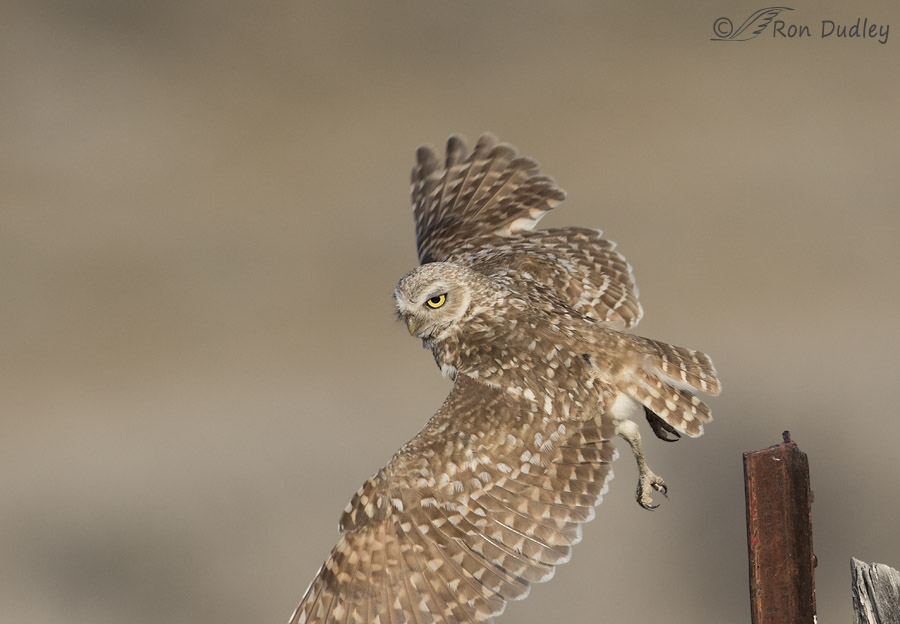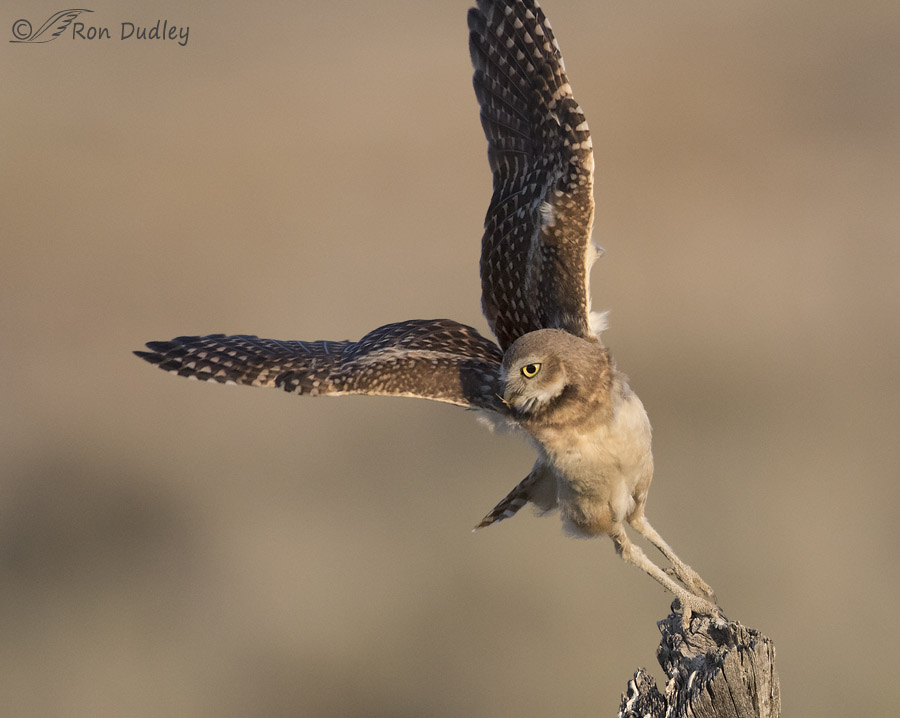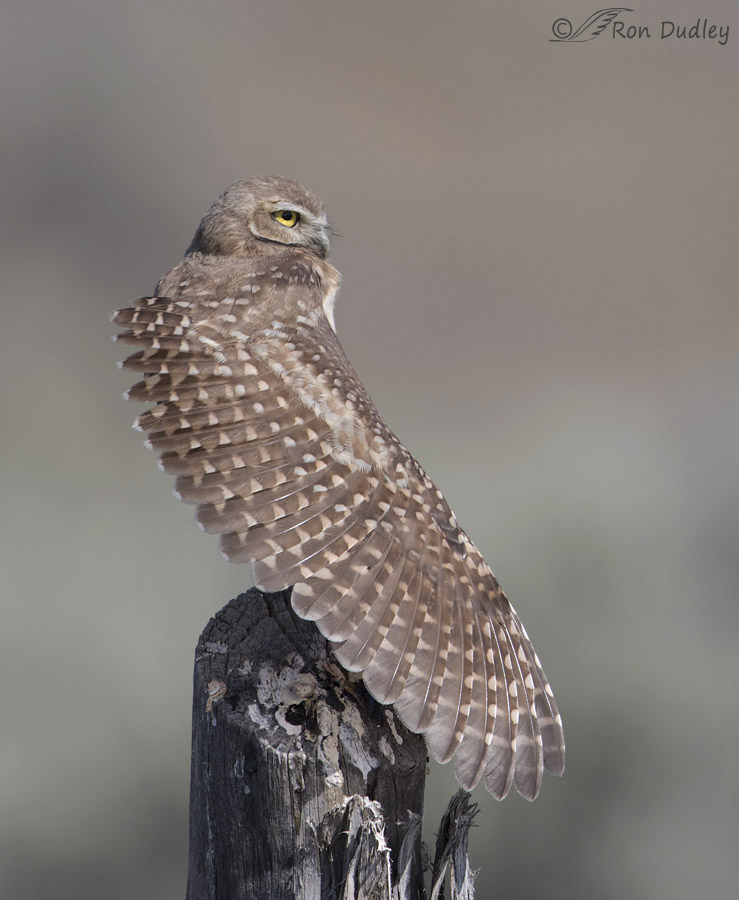This morning I decided to make my point graphically instead of relying so much on text.
I usually try to avoid hyperbole in my blog posts because it generally isn’t a good fit with science-based writing but this title is so obviously exaggerated that I decided to run with it.
Many of my readers are or aspire to be bird photographers so today I pose a question related to one of its frustrations – the clipping or cutting off of wings at takeoff or in flight.

1/4000, f/7.1, ISO 800, Canon 7D Mark II, Canon EF500mm f/4L IS II USM +1.4 tc, not baited, set up or called in
Have you ever had this happen to you?

1/4000, f/6.3, ISO 1600, Canon 7D Mark II, Canon EF500mm f/4L IS II USM +1.4 tc, not baited, set up or called in
Or this?
Photographers are very often fooled by how much room they must allow in the frame to provide for the surprising length of the extended wings of birds. The result is often a clipped or cut off wing. Or two. It happens to all of us, even those very much aware of the potential problem.
 1/2000, f/7.1, ISO 500, Canon 7D Mark II, Canon EF500mm f/4L IS II USM +1.4 tc, not baited, set up or called in
1/2000, f/7.1, ISO 500, Canon 7D Mark II, Canon EF500mm f/4L IS II USM +1.4 tc, not baited, set up or called in
This image dramatically illustrates the length of the fully extended wing of a juvenile Burrowing Owl (all three images were taken about 2 weeks ago in northern Utah). As you can see the wing is very long. Almost shockingly so. When one allows for the unusually long legs (that we can’t see here) of the tiny Burrowing Owl these wings are incredibly long relative to body size. In other images of this bird the wing is even longer than this but the head turn isn’t as nice…
Then throw in the fact that photogenically the most appealing flight posture is “wings up” or “wings down” (rather than extended horizontally where they would be much easier to keep in the frame) and the challenges of avoiding clipped wings in flight become painfully obvious.
So plan ahead for what you’re after and choose your gear and distance from the subject accordingly. It’s too late once the shutter clicks.
Bird photography ain’t easy.
Ron


Wow!
You can say that again and your shots are a great illustration!
Charlotte
Forget “photogenic,” your third photo with one wing extended is epic. One of the things that makes a nature shot sensational is when it so vividly and beautifully shows something that is uniquely characteristic of the species. plus something of the individual, something of the moment. And in looking at this photo, I learn something about the owl. I feel my own body with the stretching with this individual owl. And I’m delighted by the beauty of the shot.
I’m glad to hear you feel that way, Betsy. I had some of the same feelings about that image. Thanks very much.
It isn’t cut off bits which bother this happy snapper (though it happens) but the blurr when I get excited and start to shake. Or that is my excuse anyway.
Even your amputees are in focus – which is often too much for me to manage.
The third shot made me think of magicians – when the cloak is opened what will be revealed.
Beautiful – and evocative.
“but the blurr when I get excited and start to shake”
Boy, I remember that symptom well, EC. I used to refer to it as buck fever. Happened every time I had a chance for an extraordinary shot and often ruined it. Thankfully it doesn’t happen so often any more.
” until I push my last shutter button”. Ouch. I hope my last one is pushed before yours. Your my morning cup of coffee and not having class in session would be a great loss. This post really is an eye opener. I’d never realized just how long their wings were. Would it help to shoot in portrait orientation? Maybe that would cause other problems? Never in my wildest dreams did I figure getting shots like yours would sooooo dificult. A never ending learning process. That third shot is magnificent! Thanks for the lesson Teach.
“Would it help to shoot in portrait orientation?”
In my experience, no, Sterling. Shooting vertically is so very awkward and you don’t know when they’re going to take off so you may have to hold that position for a long time before it takes off, if it ever does.
And shooting vertically you have very little room in the frame horizontally so it’s easy to cut off the body of the bird or miss it entirely. I call those types of images “air shots” and I hate’m! It’s kind of like a competition between me and the bird to see who has the faster reflexes and the bird won. Hands down. I’m a poor loser…
You can shoot from much further away to allow more room in the frame but then you lose detail.
There are no easy solutions that I know of…
Just beautiful! I love the regal pose in the third shot. Reminds me of a king and his mantle…
Thank you, Alison. I like your analogy.
Excellent information Ron! Thank you! Wing Clipping happens to me often. Everything happens so fast in flight shots. I’m just now learning to keep my cool. Don’t know why but I have better luck not clipping the wings with landing photos (wings up) as opposed to the take off shots.
Interesting, Nancy. For me landing photos are much more difficult than take-offs because you usually have to track them in flight before they land (unless you know or guess correctly what is about to become their perch).
I’ve wondered about the wing length of these little birds…why they are so long in relation to their body size when other, bulkier bodied owls have shorter, broader wings…was wondering if it had something to do with rising up through grass, like the push up with those long legs…(when I try to photograph birds, I don’t just clip off parts of their wings, I cut off their heads!!!)…try that for frustration! I’m always a second or two too slow….
Patty, Some birds, like Short-eared Owls, have even longer wings relative to size than Burrowing Owls do.
And yup, you’ve gotta be fast, or lucky, or both to get these kinds of shots up close without clipping anything.
Been there done that more times than I care to remember. Great information and beautiful shots, Ron!!
“Been there done that more times than I care to remember”.
Ha, the words of a bird photographer! Thank you, Gena.
Wing clip at bottom – distracting. Good example. Wing clip at top – not so bad, but not as good as could be. Wing stretch – wonderful photo! Thanks.
An interesting take on clipped wings, Richard. Thank you.
From my point of view, when I look at an image my eye goes immediately to the eye. If the eye is spot on, catchlight there, then I go to the parts of the subject and then to the composition. These shots the eye is spot on, now I can concentrate (in my mind) on the rest of the image.
I have to admit that many of my images are done for identification purposes, not terribly artistic. Something I need to work on.
One of the things that I truly like about your shots Ron is both the spot on eye, in focus subject as a whole, for the most part, and in many cases artistic composition. Just goes to show how much I need to learn!!
Dick, Yup, learning is the key and it’s a never ending process, partly because most times I learn something it just brings up more questions.
I take lots of ID shots too and they seldom see the light of day but I can still learn from them – things like field marks and even behaviors.
Now that I’m actually WORKING with big birds (note: birds that have been injured to the point that they will never be able to return to the wild), I’m beginning to understand just how much wing they have! It’s so deceptive to see them sitting there, all tucked up, and then WHOOSH – You have 6 feet of wing right in your face! Learning….always learning!
Wing length can be an eye opener, something you’ve obviously recently learned with your work with injured birds, Jenna. Sometimes I think it’s a concept I know well and then… another clipped wing!
Amazing information as usual Ron. That full wing spread pix was interesting. Thanks.
You’re very welcome, Mark. Thank you.
That is one amazing wing in the third shot. Looks to me like it’s about 2.5 times longer than the body. Love the detail.
2.5 times was about my estimate too, Susan – without those long legs.
I suspect (hope) this image appears in my mind’s eye every time I’m setting up a take-off shot in the future…
Nice photos Ron of one of my favorite subjects. Clipping the wings especially with birds taking flight from a perched position takes some practice. I’m getting a little better now and leave more room for those long wings!
“I’m getting a little better now and leave more room for those long wings!”
It’s a hard-learned lesson, isn’t it, Gary? One I’m still working on and probably will be until I push my last shutter button.